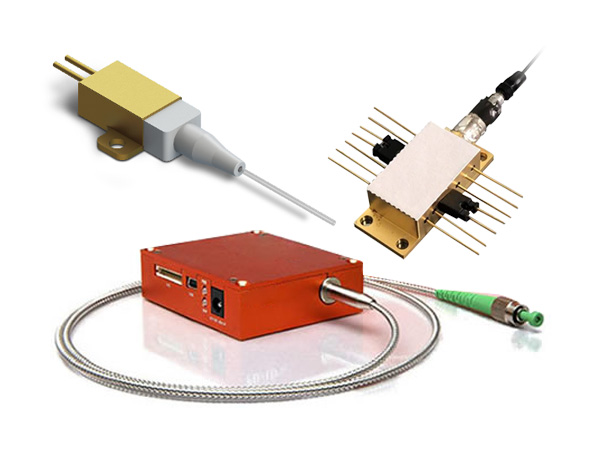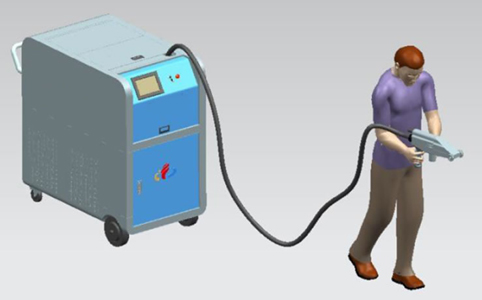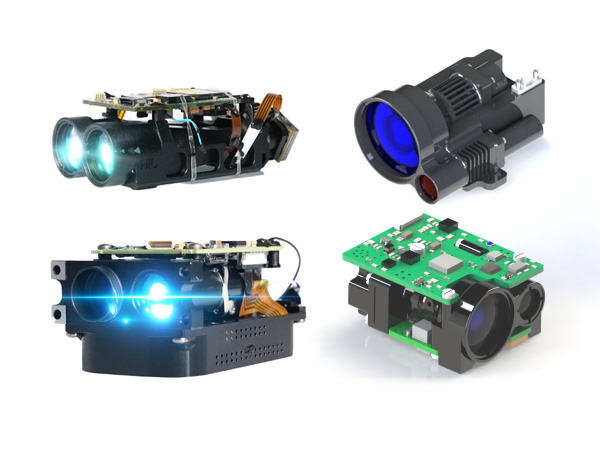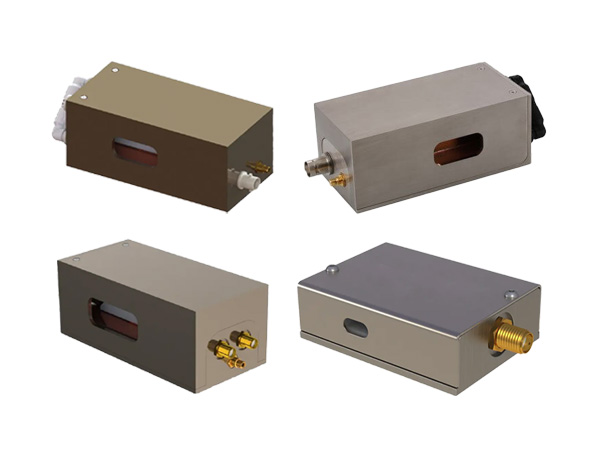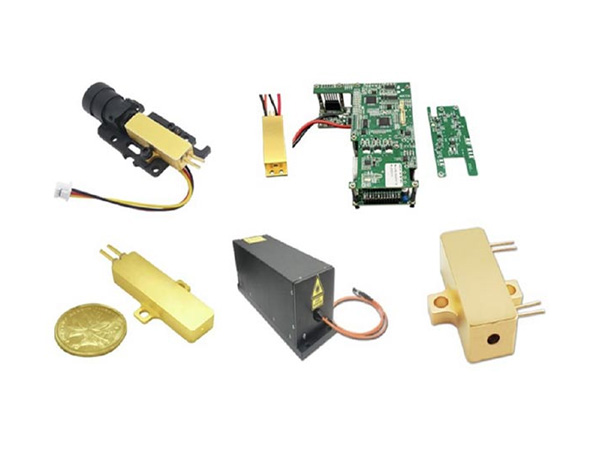The Laser’s Founding Father: Remembering Charles H. Townes
Laser Research, Lasers in the News|By MichelleonAugust 20th, 2015
In his 1999 book How the Laser Happened, the late Charles Hard Townes explained that, “Once invented, lasers found a myriad of uses” and noted that they had advanced to the point that “the smallest lasers are so tiny one cannot see them without a microscope.”
A far cry from the heady days of the 1950s. Imagine Townes conceiving and building a maser (microwave amplification by stimulated emission of radiation) at Columbia University before the heated race to pursue a patent for an optical maser — the laser. Imagine the fevered discussion in the scientific community as Townes and Arthur Schawlow at Bell Labs beat Gordon Gould and Technical Research Group to that first laser patent — two months before Theodore Maiman built his ruby laser for Hughes Research Laboratories in Malibu, CA, in 1960.
Townes — who famously conceived the idea for the laser while sitting on a park bench in Washington, DC in 1951 — worked until his 99th year, maintaining an office at the physics department of the University of California, Berkeley. The campus honored him with a birthday celebration July 28, 2014; he passed away in January 2015.
“He told me that if you are in the teaching game — especially with graduate students — that you have to try to put yourself in their shoes a little bit,” recalls Dr. Paul Goldsmith, a former Townes student and chairman of the group that organized a two-day remembrance of Townes just after what would have been his 100th birthday Aug. 1-2 at Berkeley. “You have a great responsibility to them, and you have to do your best to try to share any wisdom you might have with them and to inspire them to do their best to learn how to solve problems and overcome obstacles.”
Goldsmith, of the Jet Propulsion Lab in Pasadena, CA, studied with Townes while pursuing his Ph.D. at Berkeley from 1971 to ’75. “I found him then and since to be an extraordinary individual in terms of being able to be engaged and helpful with students even in the midst of having many students, colleagues (and) huge responsibilities. You could always get a chance to talk to him, and he would be able to answer questions and be an inspiration in a way that was just remarkable.”
Encountering Townes throughout his career, Goldsmith “still always gained a great deal from hearing his thoughts on scientific questions and enjoyed interacting (with him) as a wonderful human being.”
Such was Townes’ impact that he received LIA’s first Lifetime Achievement Award at ICALEO 2010 in Anaheim. Reflecting on the award in an email, Townes noted that “I am very privileged to receive the lifetime achievement award. And I feel my life has been very privileged by the opportunity to do research, discover new things, and particularly by the discovery of how a laser could be made. I am also delighted by the many contributions that colleagues have made in development of the laser and further associated discoveries. These have made the field of optics blossom with so many fascinating contributions to science and to technology. Many thanks for this honor, and more importantly many thanks for the many contributions other scientists and engineers have made towards the exciting growth of optics.”
Townes gave a detailed portrait of his life in a comprehensive series of interviews in 1991 and 1992 as part of an oral history project for Berkeley’s Bancroft Library. Townes candidly and vividly recounted everything from his pre-Revolutionary War ancestry to his boyhood in Greenville, SC, growing up with five siblings, his education and extraordinary career, his religious faith, and his views on everything from the importance of school grades to the uniqueness of Southern culture and the work of his peers.
No less a formidable presence in Townes’ life was his wife, Frances, who recounted her experiences in her 2007 book Misadventures of a Scientist’s Wife. In the program for the dedication of The Charles H. Townes Center for Science at Furman University in 2008, Frances Townes is described as a “champion of women’s rights, friend of the homeless, environmental educator, and visionary community leader” who taught English to foreign students at Columbia University, organized career programs for MIT faculty women, and advocated for homeless youth for more than 20 years. (Townes earned bachelor’s degrees in physics and modern languages from Furman in 1935.)
Married in 1941, the couple had four daughters, one of whom — Dr. Ellen Townes-Anderson — is a professor in the Department of Neurology and Neurosciences at Rutgers in Newark, NJ. She works not far from the Bell Labs facility in Murray Hill, where her father began working in 1939 to develop radar bombing and navigation systems.
Dr. Arno Penzias, a partner with venture capital firm New Enterprise Associates in Menlo Park, CA, and winner of a 1978 Nobel in physics for his work in radio astronomy, earned his Ph.D. under Townes in 1961 at Columbia University before taking a full-time job at Bell Labs.
Townes “was really honest… and never cut corners,” Penzias remembers, “and he had scientific integrity. He had an amazing sense of humor; he was an extremely polite Southern gentleman.”
Slated to open the August celebration of Townes’ life and work with a presentation titled Charles Townes as Catalyst, Penzias — like the program organizers — remembers their former teacher for far more than the laser. “He’s done so many things; I wouldn’t say the laser (was most important).” Townes’ repertoire ranged from low-energy experimental physics to spectroscopy, interstellar molecules, astrophysics and microwave technology. “Pretty much anything outside of nuclear physics he’d get his hands on.” And, “he was a phenomenal user of scientific implements — which many people didn’t realize were scientific implements.”
But Townes also tried to live a balanced life, Penzias notes: “He was not a maniacal workaholic. He needed to rest his brain; he was in the office long hours and weekends, but he was doing scuba diving in the Bahamas when I didn’t know anybody did scuba diving.”
Ultimately, “he really was a teacher,” Penzias concludes. “He was very empathetic if someone had a problem — as I did; he worked me through it. If it wasn’t for him I wouldn’t have gotten my Ph.D.”
 English
English Français
Français Deutsch
Deutsch euskara
euskara Русский язык
Русский язык Italiano
Italiano Português
Português Nederlands
Nederlands Polski
Polski Greek
Greek Lietuva
Lietuva Türkçe
Türkçe 日本語
日本語 한어
한어 中文
中文 தாமில்
தாமில் فارسی
فارسی हिंदी
हिंदी Tiếng Việt
Tiếng Việt ภาษาไทย
ภาษาไทย Pilipino
Pilipino Indonesia
Indonesia தாமில்
தாமில்
